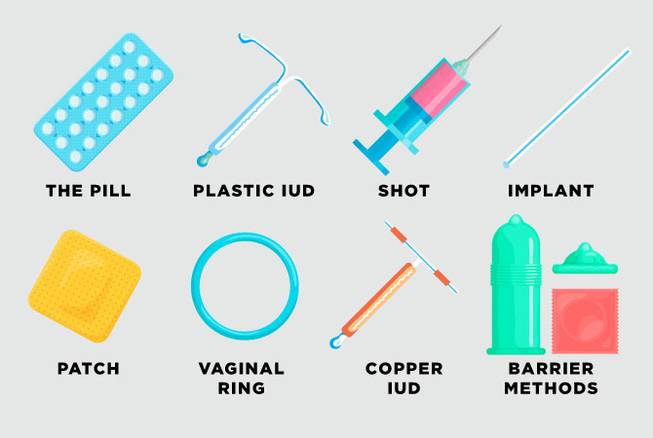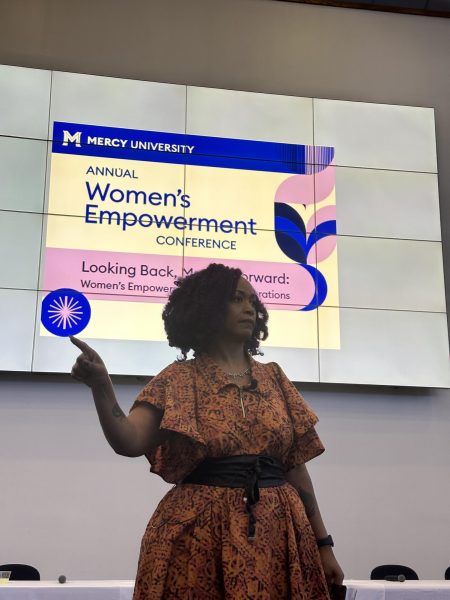Birth Control Thoughts On Campus
When I asked 20 college students about what forms of birth control they feel mostly educated on, one answer came up time and time again, the birth control pill.
I believe that this is due to the fact that birth control is often seen as a taboo and discrete topic in which people feel ashamed for even lightly discussing it, because of this, out of the wide variety of birth control options many individuals regardless of gender only really know about the pill. To end this dilemm, here’s a short compiled list of different birth control types:
The residential Assistant Alexia Rodney proclaimed that she couldn’t wait to hold her event and teach residents about birth control. The topic of birth control is one of her favorites to talk about as she said it saved her life. Being someone who suffers from PCOS (Polycistic Ovary Syndrome) that can cause some women to have irregular period pains, acne weight gain and more. She told herself that she would be ridiculous in passing up the opportunity of talking and educating while helping others find the best birth control for themselves.
The CDC recommends that anyone interested in taking birth control to prevent pregnancy should consider LARC’s otherwise known as Long Acting Reversible Contraceptives, these options include the Copper IUD, Hormonal IUD or the Implant.
Starting with the IUD, this form of birth control is a T-shaped device that is inserted into a woman’s uterus. These options can last anywhere between 3-12 years depending on the brand. The hormonal version works by slowly releasing small amounts of the hormone Progestin into the woman’s body. On the other hand, the Non-Hormonal form of birth control, the Copper IUD works as a spermicide. The copper is an inflammatory agent that is toxic to sperm and eggs, effectively preventing pregnancy. Both forms are over 99 percent effective and only 1 out of 100 women annually get pregnant on it. The copper version contains no hormones so it won’t affect one’s menstrual cycle or hormone levels.
In comparison, the hormonal version may lighten the period flow and shorten its duration, for some women it’s even been found to stop one’s period altogether. The Copper IUD can also be used as an emergency contraceptive as long as it’s used five days after unprotected sex. The benefits of the IUD: unlike the pill, you won’t have to worry about it every day, you set it and forget it. It’s perfect for smokers, diabetics and those with hypertension. A
long with the IUD the other form of LARC available in the U.S. is known as the implant under the brand name, Nexplanon. This form of birth control is a rod-shaped device that’s smaller than a matchstick, it’s inserted into the woman’s non-dominant arm just under the skin. It, like the hormonal IUD, releases small amounts of the hormone Progestin throughout the body for up to 3 years, just like the IUD it’s over 99 percent effective. The Nexplanon implant might be for you if you need an option that can be used while breastfeeding, doesn’t interrupt the heat of the moment and works well for those with diabetes or those who smoke! In addition to that, the Hormonal IUD may lighten your period flow and shorten its duration, or possibly stop the period altogether! Despite the many benefits of LARC’s, both require minimally invasive procedures so they are usually not a woman’s first choice, instead many women take self-controlled options such as the pill, the mini pill otherwise known as POP, the patch, the depo-shot or the ring.
These self-administered versions while less effective than the LARC’s for pregnancy prevention, they’re all highly effective. These options might be perfect for if you want predictable periods, are thinking about getting pregnant within 1-2 years and if you want a piece of mind that you’re taking charge of your birth control health. Despite these options all being pretty similar, the variations come down to when you’ll be taking these options. The pill and POP are methods that you take every day at the same time, they are only about 93 percent effective when used typically, missing your pill by a few hours up to a day will decrease the effectiveness and at that point, one should use other methods such as condoms. The patch is a method that you change weekly. You wear one patch for a week and then change it once a week for three weeks, on the fourth week you wear no patch and that’s when you’ll have your period, like the pill it is only 93 percent effective when used typically.
The residential Assistant Alexia Rodney proclaimed that she couldn’t wait to hold her event and teach residents about birth control. The topic of birth control is one of her favorites to talk about as she said it saved her life. Being someone who suffers from PCOS (Polycistic Ovary Syndrome) that can cause some women to have irregular period pains, acne weight gain and more. She told herself that she would be ridiculous in passing up the opportunity of talking and educating while helping others find the best birth control for themselves.
For more information,
https://www.cdc.gov/healthyyouth/healthservices/infobriefs/birth_control_information.htm

Mia Tindel is a senior at Mercy College studying Journalism. In high school, she discovered her love for journalism, music and reading. She is curious...












